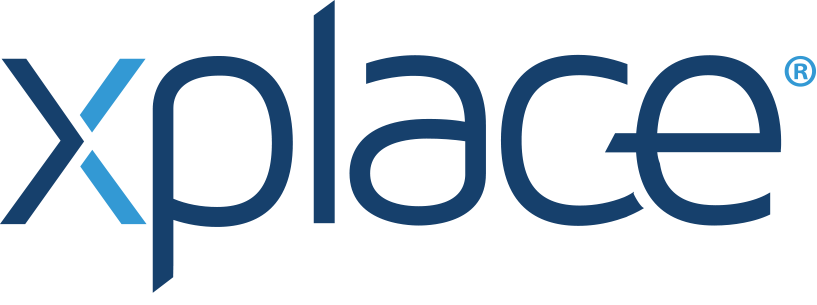404 error: why it occurs and how to fix it
A 404 error page is one of the most common problems that website visitors face. Their presence negatively affects not only the behavioral factors of the site, but can also negatively affect the rating of the entire site, so it is very important to find broken links and eliminate them.
Why a 404 error occurs, how to find it in time, what role it plays in SEO, how broken links are checked on the site, as well as information on how to fix the problem when the page does not work with Javascript, you can find on this page.
What is a 404 error
In simple words, a 404 error is a server HTTP code that reports that the desired page was not found.
The mechanism for transferring information between the browser (client) and the server is as follows:
1. The user manually enters the URL of the page into the browser line or follows an external link.
2. A network request is sent to the server, where a new session is opened.
3. As a response, the server sends an HTML page with an HTTP code. If a page with the given address exists, the server returns code 200 - OK. For example, if you are currently reading this article, then the server has found the requested page.
4. If the browser has established a connection to the server, but the required page is not on it, an HTML page with a 404 code will appear on the screen.
In the case when the site does not load at all, i.e. a server error occurs, showing error 5**. However, the average user does not know the difference between 4** and 5** errors. He leaves the site and may never return, thinking that the site is down.
Links to a 404 error page are often referred to as "broken", "broken", or "dead". And the server's HTTP response 404 is "code 404", "response 404", "HTTP 404". Next, let's look at why the 404 Not found error can occur and how to find broken links on the site.
How does Google feel about 404s?
In some cases, such errors negatively affect the promotion of the site. The bottom line is that it's not so much 404 error pages that affect SEO, but the appearance of broken links leading to these pages.
The problem is the presence of broken links. For a search engine, a large number of broken links indicates problems with the quality of the site. This leads to worse indexing and loss of positions in the search results.
In addition, a distorted picture of user behavior on the site is created: the time of interaction with the site decreases, the bounce rate increases, and an outflow of visitors may occur.
A large number of broken links will "eat up" the crawl budget. Instead of crawling only the necessary pages, the search robot will do meaningless work and crawl pages that return a 404 code. Therefore, to optimize the site, it is so important to remove broken links.
How to reduce the number of 404 errors
An example of displaying data in Google Search Console after eliminating 404 errors:
Option 1: when the principle of link building has changed.
- Set up 301 redirects from irrelevant pages to the ones you need.
- Update the list of addresses in the Sitemap.xml file.
- Update the necessary internal links on the site.
Option 2: when the products on the page are absent for a long time or will never appear again.
In this case, there is no single correct solution. Three approaches are most commonly used:
- Setting http code 404
Setting the code 404 or 410 for pages with products that are no longer in stock can lead to the loss of positions for these queries, which leads to a decrease in sales. In addition, the external backlinks leading to these pages will be lost.
Solution: do not set the 404 code for as long as possible. Even if the product is out of stock, the page will rank and drive traffic to the site. Instead of a finished product, you can offer users other similar products.
- Setting http-code 301 to the main page
You need to understand that a redirect to an irrelevant page can lead to false errors (Soft 404) that mislead both the search robot and users. Because, according to the requirements of the search engine, 301 redirects should redirect to a page with similar content. In the future, this can adversely affect the ranking of the site.
- Setting the http code 301 to a page with similar content
This is the safest way to keep the position of the site in the search results, not to lose back external links. In addition, redirecting users to a page with similar products will not irritate users and will more likely lead to a purchase. Once you've set up a redirect, it's important to update the URLs in the Sitemap and redirect internal links.
conclusions
Contrary to popular belief, 404 pages do not affect the ranking of a site. However, external and internal links leading to these pages in large numbers can contribute to the loss of positions in the SERP. In addition, a poorly designed 404 page creates a negative user experience, resulting in lost traffic.
Build the right page optimization algorithm, make it attractive to the user. This will help to keep the position of the site in the search results and save the company's profit.








 פרסום פרויקט
פרסום פרויקט


 התחבר עם פייסבוק
התחבר עם פייסבוק
 התחבר עם LinkedIn
התחבר עם LinkedIn